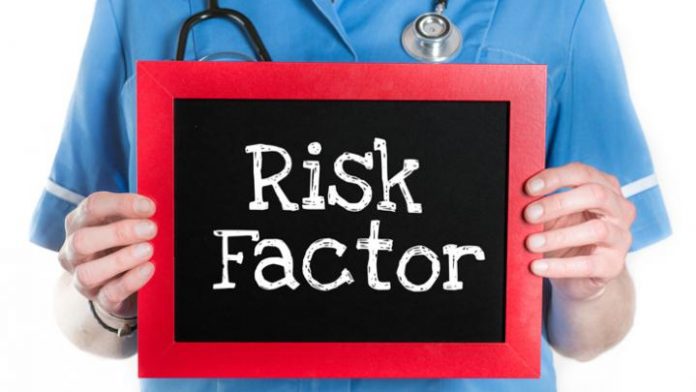Official advice in the USA on outbound medical tourism is rare, but the CDC has updated advice. CDC suggests that many outbound medical tourists are immigrants to the United States returning to their home country for care and highlights risks of medical tourism.
Government body CDC is the Centres for Disease Control and Prevention – and is part of the Department of Health and Human Services.
Interestingly, the CDC doubts the claims of millions of outbound US medical tourists and suggests that up to 750,000 go overseas for medical treatment– without any detail of where that figure comes from, other than openly admitting that it is no more than a rough estimate.
It suggests that many outbound medical tourists are immigrants to the United States returning to their home country for care. The most common procedures that people undergo on medical tourism trips are cosmetic surgery, dentistry, and heart surgery.
CDC goes on to explain the risks of medical tourism:
- Communication may be a problem. Receiving care at a facility where you do not speak the language fluently increases the chance that misunderstandings will arise about the care.
- Doctors may reuse needles between patients or have other unsafe injection practices, which can transmit diseases such as hepatitis and HIV.
- Medication may be counterfeit or of poor quality in some countries.
- Antibiotic resistance is a global problem, and resistant bacteria may be more common in other countries than in the United States.
- The blood supply in some countries comes primarily from paid donors and may not be screened, which puts patients at risk of HIV and other infections spread through blood.
- *Flying after surgery increases the risk for blood clots.
CDC then offers advice:
- See a travel medicine practitioner at least 4–6 weeks before the trip to discuss general information for healthy travel and specific risks related to the procedure and travel before and after the procedure.
- Check for the qualifications of the health care providers who will be doing the procedure and the credentials of the facility where the procedure will be done.
- Make sure that you have a written agreement with the health care facility or the group arranging the trip, defining what treatment, supplies, and care are covered by the costs of the trip.
- Determine what legal actions you can take if anything goes wrong with the procedure.
- If you go to a country where you do not speak the language, determine ahead of time how you will communicate with your doctor and other people who are caring for you.
- Obtain copies of your medical records, which should describe any allergies you may have.
- Prepare copies of all your prescriptions and a list of all the medicines you take, including their brand names, their generic names, manufacturers, and dosages.
- Arrange for follow-up care with your local health care provider before you leave.
- Before planning ” sunbathing, drinking alcohol, swimming, or taking long tours, find out if those activities are permitted after surgery.
- *Get copies of all your medical records before you return home.
CDC concludes with stark warnings of the extra risks of transplant and stem cell treatment tourism.








 ©2024 All rights reserved LaingBuisson
©2024 All rights reserved LaingBuisson 


